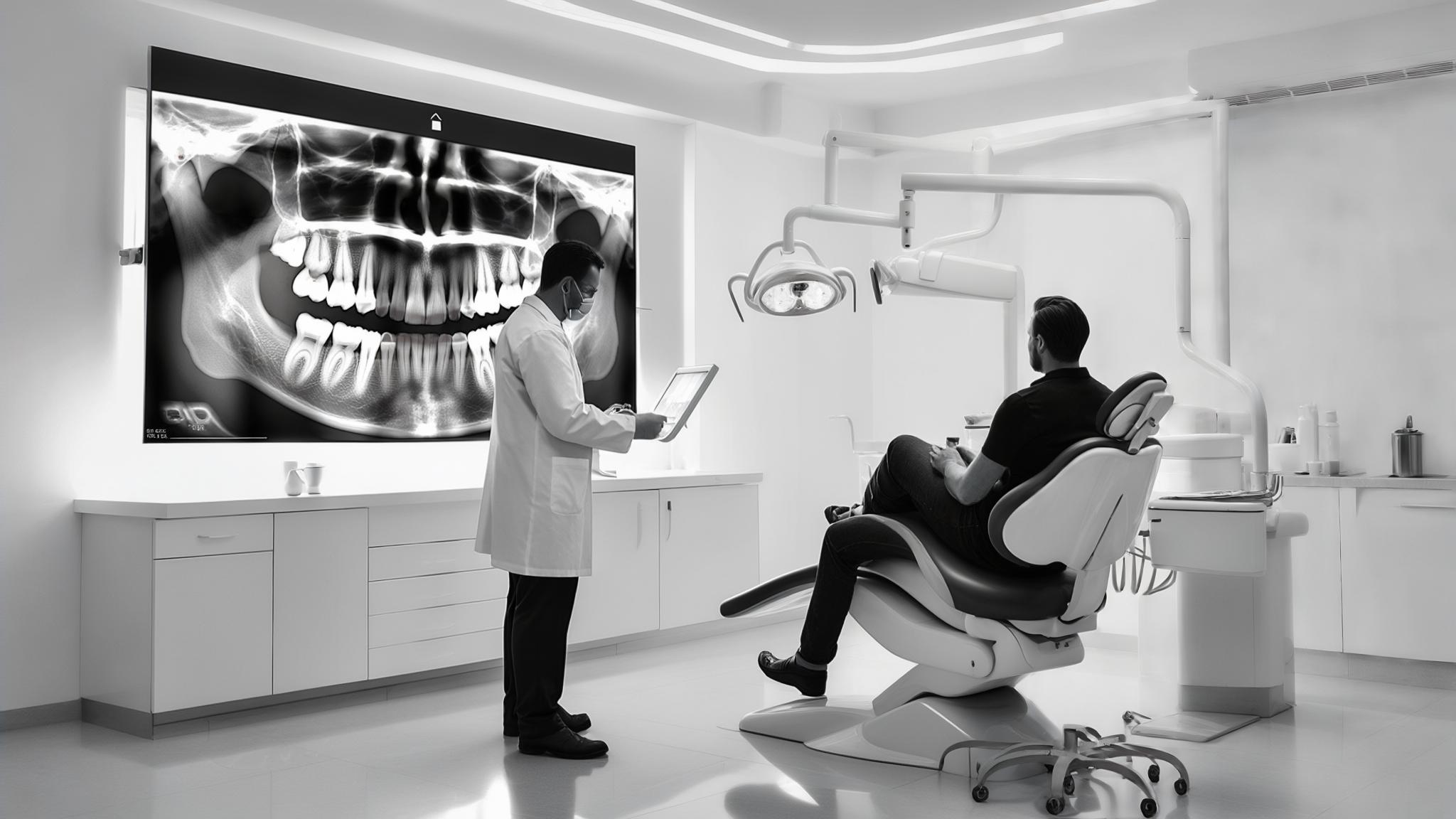Understanding Dental Check-Ups
Dental check-ups are routine visits to the dentist aimed at maintaining oral health and preventing dental issues. These exams typically involve a thorough cleaning, examination of teeth and gums, and sometimes X-rays to detect problems that aren’t visible to the naked eye.
Regular dental exams are crucial for overall health. They help prevent cavities, gum disease, and can even detect early signs of more serious conditions like oral cancer. With advancements in technology, these check-ups have become more efficient, accurate, and comfortable for patients.
This article will explore the latest technological tools that are transforming dental check-ups, ensuring that patient care is better than ever.
The Role of Technology in Dental Exams
Traditionally, dental exams relied on visual inspections and manual tools. While effective, these methods had limitations in detecting issues early. Today, technology bridges these gaps by providing more precise diagnostics and treatment options.
The shift from traditional to technology-enhanced dental practices offers numerous benefits. Technology improves accuracy, speeds up diagnosis, and enhances patient comfort. By embracing these advancements, dental professionals can offer a higher standard of care.
Advanced Diagnostic Tools
Digital X-rays
Digital X-rays are a modern alternative to traditional film-based X-rays. They use digital sensors instead of film, providing clearer images that can be viewed instantly on a computer screen.
Advantages: Digital X-rays emit less radiation, making them safer for patients. The instant availability of images allows dentists to quickly identify and discuss issues with patients, enhancing understanding and engagement.
Intraoral Cameras
Intraoral cameras are small, pen-sized devices that capture detailed images of the inside of the mouth. These images are displayed in real-time on a screen, helping both the dentist and patient see areas of concern.
Benefits: These cameras empower patients by visually explaining their oral health conditions, leading to better-informed decisions about their care.
Cone Beam Computed Tomography (CBCT)
CBCT is a specialized type of X-ray equipment that provides 3D images of dental structures, soft tissues, nerve paths, and bone in a single scan.
Applications: CBCT is invaluable for planning complex dental procedures like implants, ensuring precise placement and reducing risks.
Electronic Health Records (EHR)
EHRs are digital versions of patients' paper charts. They provide comprehensive and up-to-date information about patients' health history, treatments, and progress.
Significance: EHRs enhance patient care by ensuring that all relevant information is easily accessible to dental professionals, facilitating better decision-making and coordination of care.
Teledentistry
Teledentistry involves the use of telecommunications technology to provide dental care and consultation remotely.
Benefits: It increases access to dental care, especially for those in remote areas or with mobility issues. Patients can receive consultations and follow-ups from the comfort of their homes.
Limitations: While teledentistry is convenient, it cannot replace in-person exams for certain procedures that require physical examination.
Artificial Intelligence (AI) in Dental Diagnostics
AI in dentistry involves using algorithms to analyze dental data, enhancing diagnostic accuracy and efficiency.
Enhancements: AI can quickly identify patterns in dental images that may be missed by the human eye, leading to earlier detection of issues.
Future Potential: As AI technology advances, it promises to further improve patient outcomes by personalizing treatment plans and predicting future dental health needs.
Patient Engagement Technologies
Online Appointment Scheduling and Reminders
These tools make it easy for patients to schedule and remember their dental visits, reducing missed appointments and improving oral health maintenance.
Patient Portals
Patient portals allow individuals to access their dental records and treatment plans online, fostering transparency and engagement in their own care.
Educational Apps and Resources
These apps provide valuable information about dental health, helping patients understand their conditions and the importance of treatment.
Conclusion
Technology plays a pivotal role in enhancing dental check-ups, making them more effective and patient-friendly. As technology continues to evolve, the future of dentistry looks promising, with even more innovative solutions on the horizon.
It's essential for patients to stay informed about these advancements and take an active role in their dental health.
References
- American Dental Association
- Journal of Dental Research
- National Institute of Dental and Craniofacial Research
Call to Action
We encourage you to schedule regular dental check-ups and embrace the benefits of technology in your dental care. Share your experiences with dental technology and how it has impacted your visits.

